There are two big names in food pots: the powerful Dutch oven and the always-useful crock pot. Both have thousands of loyal admirers, each praising their preferred pot’s qualities. But what is the difference between Dutch ovens and crock pots? Most importantly, when should you use one over the other? Let’s dive into the simmering discussion to find out.
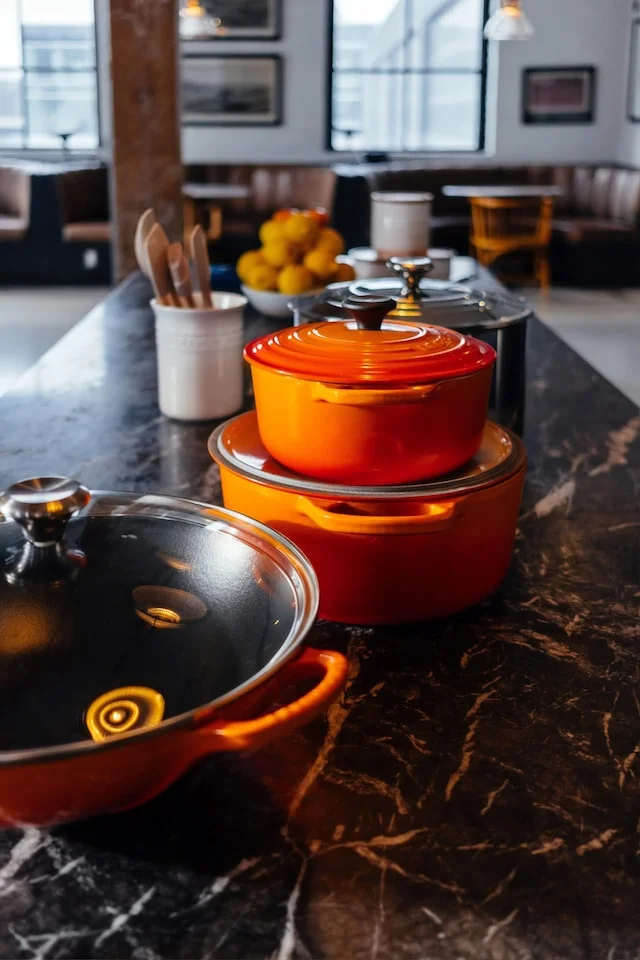
Dutch Oven vs. Crock Pot
When to Use a Dutch Oven?
A Dutch oven is a thick-walled cooking pot with a tight-fitting lid, usually constructed of cast iron or enameled cast iron. These multipurpose vessels are useful for:
- Crusted breads
- Braising meats and vegetables
- Simmering stews and soups
- Baking bread and casseroles
- Frying and searing
- Roasts
Benefits of a Dutch Oven
- Versatile: They can be utilized in an infinite number of ways to prepare foods. Instead of getting a saucepan, stockpot, and casserole dish dirty, a Dutch oven may operate like a chameleon, changing roles to suit your needs.
- Heat Distribution: Uniform heat circulation ensures that your food cooks evenly without the need for frequent monitoring. It cooks everything evenly, so there are fewer chances of getting burned spots.
- Flavor enhancement: Because of the firmly sealed cover, condensation drops back onto the food, enhancing the flavor rather than evaporating it.
How to Use a Dutch Oven?
Preheat on the burner, then add your ingredients and cook on the stovetop or in the oven. Most of the time, Dutch ovens don’t need high heat settings to cook well, so slowly heating them can help you keep an eye on the temperature. The tight-fitting lid locks in moisture and taste, resulting in delicate, delicious food.
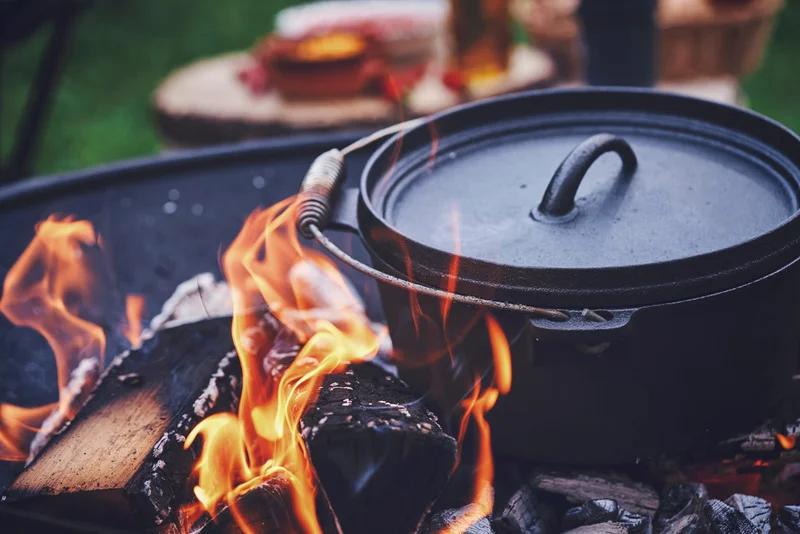
When to Use a Crock Pot?
A crock pot, often known as a slow cooker, is an electric countertop appliance used for slow cooking. It is the go-to option for:
- Busy days: They are great if you want a hot dinner waiting for you when you go home from work or when you wake up in the morning.
- Tenderizing tough chunks of meat: Low-and-slow cooking transforms even the toughest meat into butter.
- Keeping food warm: Ideal for parties or family gatherings where the food needs to stay at the proper serving temperature.
Benefits of a Crock Pot
- Convenience: It’s the pinnacle of low-effort cooking. Slow cookers allow you to prepare meals in advance and have them ready when you go home.
- Energy efficiency: Slow cookers require less energy than regular ovens and stovetops, making them an environmentally responsible cooking alternative.
- Versatile: Slow cookers can be used to prepare a wide range of dishes, including soups, stews, casseroles, and even desserts.
- Moist heat cooking: Maintains meat tenderness and prevents drying out.
- Great for Entertaining: They will keep food warm for several hours. You can spend more time enjoying the company of your friends and less time being anxious in the kitchen.
- Healthy Cooking: Slow cookers enable you to cook with less oil and keep more nutrients in your food.
- Easy Cleanup: Slow cookers frequently have detachable, dishwasher-safe crocks, making cleanup a breeze.
How to Use a Crock Pot?
Place the stoneware in the heating base, then pour the contents to the ceramic insert and cover with the lid. Set the desired temperature (low or high) and program the timer to cook for the stated time. Arrive home to a piping hot, ready-to-eat supper.
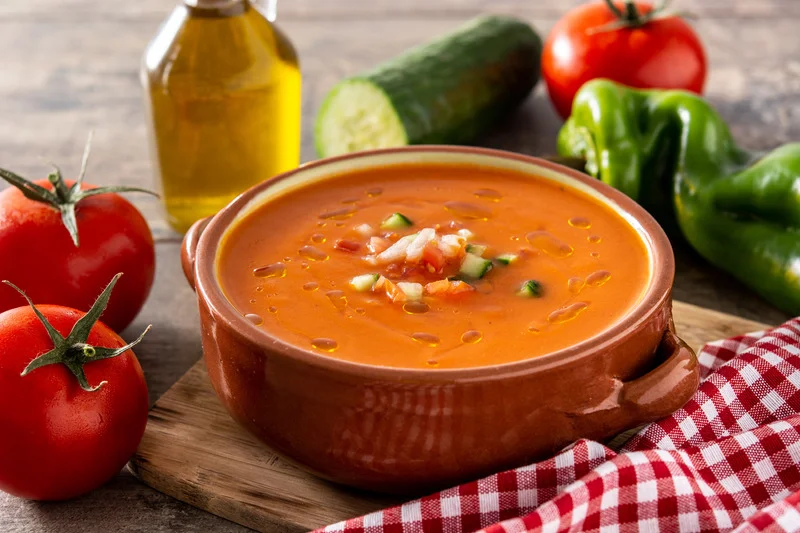
Which Is Better?
Now that we’ve covered the basics, let’s dive deeper into the nitty-gritty details that separate these two kitchen titans.
Durability
The Dutch oven reigns supreme in terms of durability. In good condition, high-quality Dutch ovens, especially those made of cast iron, can last for many generations. Crock pots, on the other hand, have a shorter lifespan since the heating components and ceramic inserts gradually wear out over time.
Cooking Versatility
Dutch ovens serve as a pot as well as an oven-safe utensil. This means you can cook, fry, roast, braise, and bake all in the same pot. Crockpots are mostly used for slow cooking.
However, some newer crockpots allow for sautéing and browning before covering. Nonetheless, dutch ovens provide greater diversity in cooking processes.
Reduction
One area where the Dutch oven excels is its ability to decrease liquids while intensifying flavors. The combination of direct heat and a tight-fitting cover causes liquids to evaporate and condense, yielding richer, more concentrated sauces and gravies. Crock pots, with their sealed atmosphere, do not allow for this level of decrease. To reduce liquid manually, remove the contents of the crock pot and reduce them on the stovetop.
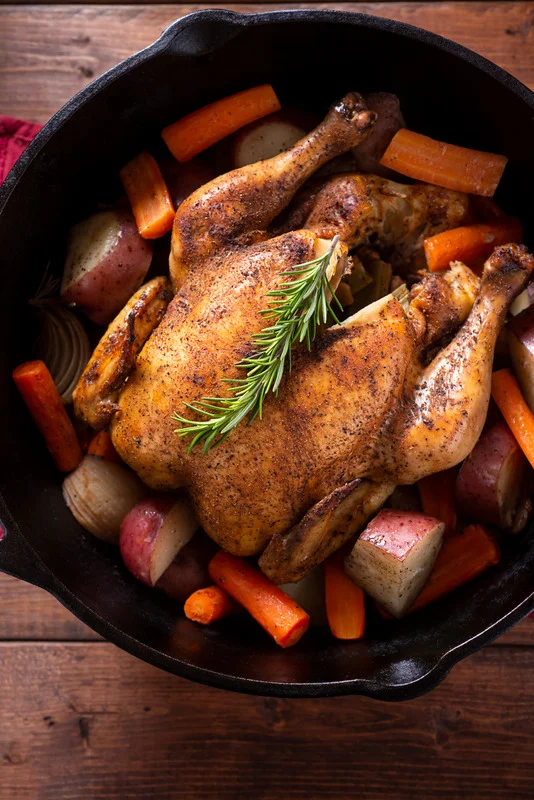
Healthy Living
If you’re managing your sodium intake, a crock pot would be a better option. Many slow cooker recipes call for little salt, relying on the extended cooking time to naturally concentrate flavors. Dutch oven recipes, particularly those involving braising or stewing, may necessitate higher levels of salt to properly season the food.
Because of the sealed nature of the appliance (whether it’s an electric slow cooker or a casserole dish in the oven), the nutrients that would otherwise be cooked out of the liquid are instead absorbed back into the food.
Convenience Factor
Crockpots are unrivaled in terms of set-it-and-forget-it convenience. Simply prepare the ingredients, turn it on, and leave it alone to cook dinner. For the greatest results, Dutch ovens necessitate more hands-on involvement.
Dutch oven cooking, on the other hand, is much faster than crockpot cooking. So, if overall cooking time is important, a dutch oven wins.
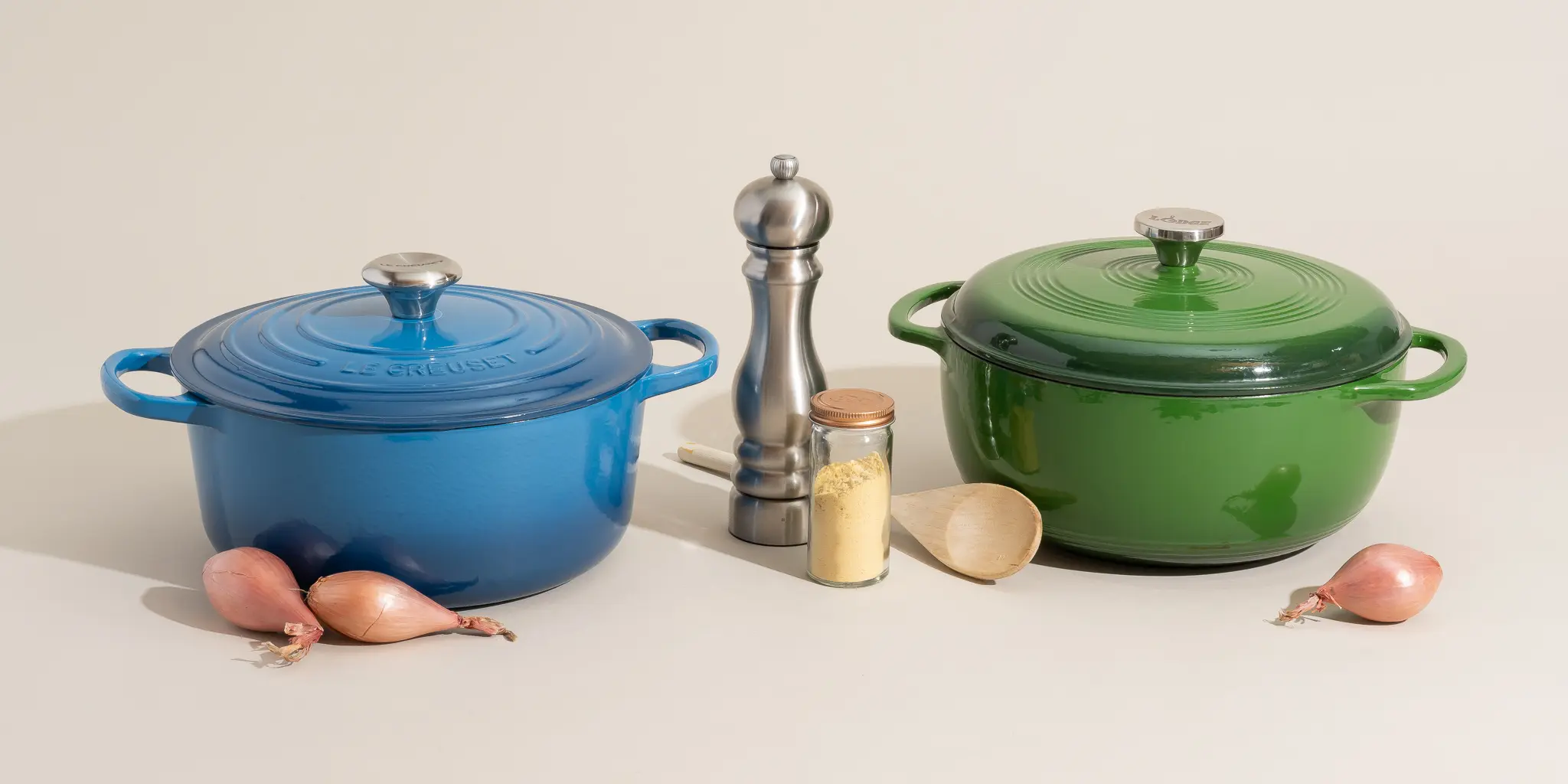
Size and Capacity
Crockpots come in a variety of sizes, ranging from 1 to 7 quarts or more. The maximum capacity of a Dutch oven is usually around 7 quarts.
Extra-large crockpots are useful for feeding large gatherings. However, for small families, a 3-5 quart Dutch oven may serve.
Material Considerations
- Dutch ovens are frequently made of cast iron or enameled cast iron, which evenly distributes heat and develops a nonstick seasoning with use. Cast iron, on the other hand, is hefty and requires more attention.
- Crockpots have stoneware or ceramic inserts that retain heat well but can chip or shatter more quickly.
- Dutch ovens made of stainless steel or aluminum are lighter, but they do not retain heat as evenly.
- For extra durability, high-end crockpots may have stainless steel or aluminum exteriors.
- When selecting materials for each option, consider issues such as durability, simplicity of cleaning, and heat conductivity.
Browning and Flavor
A crockpot’s capacity for searing and browning is limited, but a dutch oven’s thick, heavy-duty design excels in caramelization.
The rich flavor of well-browned ingredients offers dutch ovens an advantage in terms of overall flavor.
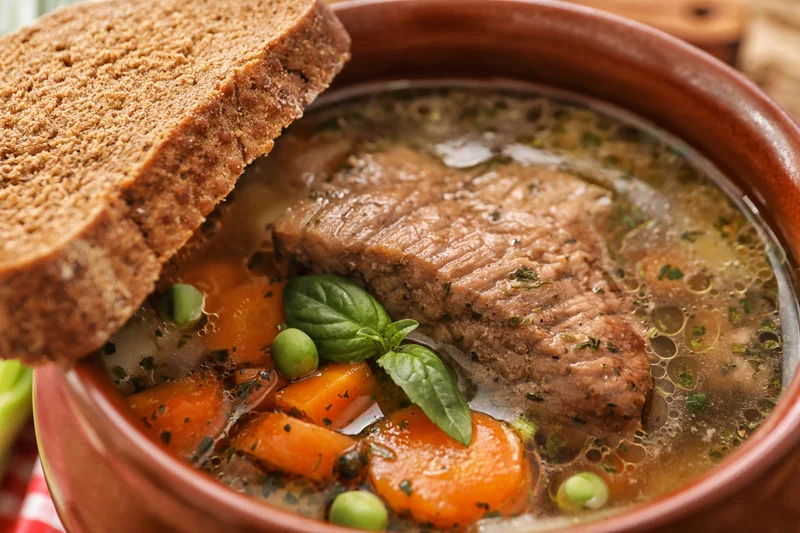
Can a Crock Pot be Used as a Dutch Oven?
In a pinch, certainly, for some foods. The crock pot was made to take the place of a Dutch oven, so cooks wouldn’t have to heat up their oven to make a meal. When converting a crock pot recipe for a Dutch oven, temperature regulation is the most important consideration. Most crock pots have two heat settings, low and high.
Can I Substitute a Dutch Oven for a Crock Pot?
In a pinch, you can use a Dutch oven instead of a crock pot, but it takes some skill. Here’s how:
- When utilizing an oven as a slow cooker, you’ll usually set the temperature between 325°F (the low setting) and 375°F (the high setting).
- Choose a heavy, oven-safe pot with a tight-fitting lid, such as a Staub or Le Creuset Dutch oven, to replicate the moisture retention of a slow cooker. This promotes uniform heat distribution and avoids excessive drying.
- Prepare the ingredients as you would for a crock pot meal and place them in the Dutch oven.
- Place the Dutch oven in the preheated oven and cover with a tight fitting lid.
- Adjust the oven temperature as needed to keep a consistent, low heat.
- Check on your dish at regular intervals, stirring and adding liquid as needed.
- As a general guideline, a dish that takes 6-8 hours on the low setting in a slow cooker may only require 2-3 hours in the oven at 325°F. Always check for doneness earlier than the recipe specifies.
While it’s not a perfect substitute, using a Dutch oven in this way can replicate the slow, gentle cooking process of a crock pot, albeit with a little more hands-on effort.
Evaluate Your Needs
To wrap it all up, the dutch oven vs crock pot issue boils down to personal preference and the unique needs of your kitchen. Both have advantages and disadvantages, but there is no doubting the versatility and convenience they bring to the table.
So, whether you’re a die-hard Dutch oven fan or a crock pot specialist, embrace these culinary titans’ distinct skills and let them work their magic in your kitchen. After all, with the correct tools and a little creativity, you can create delectable dishes regardless of the pot you use.
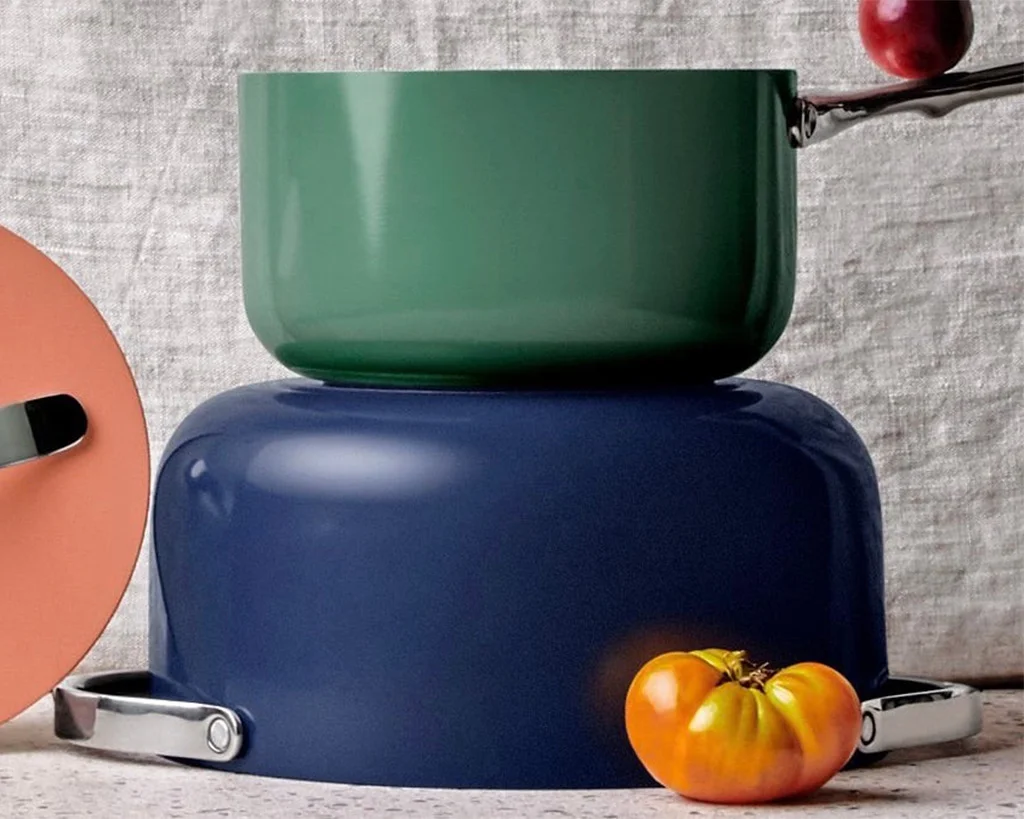
FAQs
In a slow cooker, you select a high or low setting and let the machine do the work, while a Dutch oven braises on a stovetop or in an oven. Because the two methods are so similar, they’re easily interchangeable.
The general rule is that a Dutch oven at 325F takes 25% of the time that a slow cooker would. So, to make it clear, if a recipe takes twelve hours in a slow cooker, it will take three in a Dutch oven. This conversion is based on the low setting of your slow cooker.
By traditional definition, cast-iron Dutch ovens are heavy and durable, retain heat well, and have tight-fitting lids that trap steam and moisture. Dutch ovens also traditionally have fairly low sides, so cooks can easily maneuver food inside the pots.
Yes, round slow cookers or oval slow cookers can both be used to bake bread. Only the size of your slow cooker places restrictions on you. In my six-quart oval slow cooker, I was able to bake both round loaves and sandwich loaves inside bread pans. In smaller or circular slow cookers, you may only be able to make round loaves.
Sources:
- The Best Dutch Oven
- Dutch Oven vs Crock Pot: Which One Wins?
- Can I Use a Dutch Oven in Place of a Slow Cooker?
- SLOW COOKER VS. DUTCH OVEN: A CONVERSION GUIDE
- Dutch Oven vs. Crock Pot: Which Is Better?
- Slow Cooker, Pressure Cooker, Dutch Oven or Instant Pot—Which One’s Best for You?
- Slow Cooker vs Dutch Oven: A Conversion Guide
- Dutch ovens vs slow cookers: Which is best?
- dutch oven vs slow cooker?
- Is a Crock Pot The Same As A Dutch Oven
- Dutch Oven vs. Slow Cooker: Which One Do You Need?
- 3 Times My Dutch Oven Is Better than a Slow Cooker (and the One Time It’s Not)
- Dutch Oven vs. Slow Cooker: Which Is Better?
- Dutch Oven vs Slow Cooker (Crock Pot) – Which Should You Buy?
- Dutch Oven vs. Slow Cooker: Do You Need Both?
- Dutch Oven vs. Crock Pot
- Dutch Ovens vs. Crock Pots
- Dutch Oven vs. Slow Cooker: Which to Buy?
- The Dutch Oven vs. Slow Cooker Challenge: Which Performs Better?
- Dutch Oven versus Crock-pot: The Differences Between Them
- Why You (Maybe) Shouldn’t Buy a Slow Cooker
- Slow Cooker to Dutch Oven Conversion